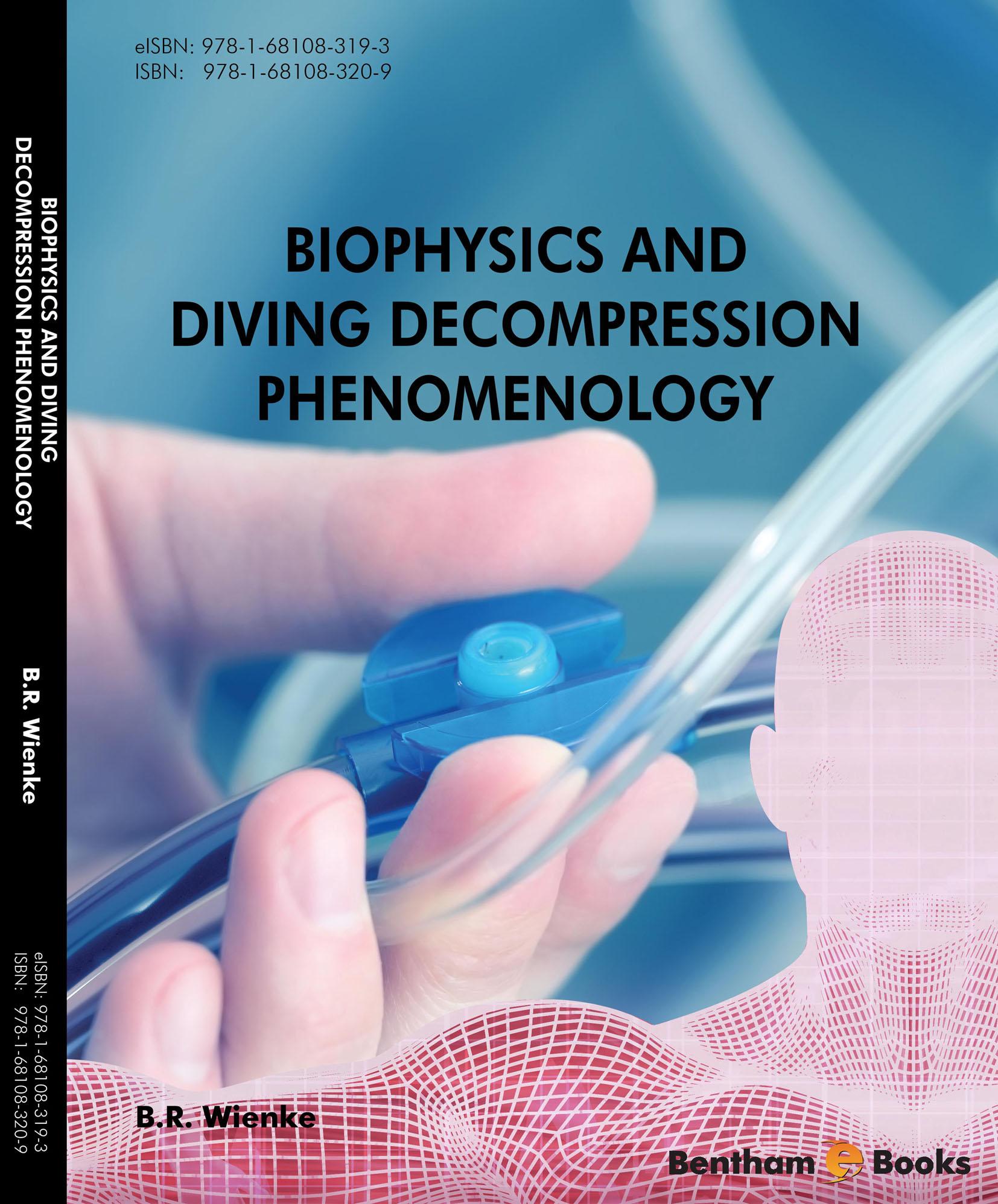This monograph covers a body of biophysics, gas transport, bubble studies and attendant models used for diving and hyperbaric applications, and divides into three Parts, namely; Biophysics And Models, Correlations And Validation, and Applications. Parts are all inter- connected by analysis. The biophysics of diving and decompression in the human body is extremely complex. More needs be learned to safely and routinely stage divers. The physics, biology, engineering, physiology, medicine, and chemistry of diving center on pressure, and pressure changes. The average individual is subject to atmospheric pressure swings of 3% at sea level, as much as 20% a mile in elevation, more at higher altitudes, and all usually over time spans of hours to days. Divers and their equipment can experience compressions and decompressions orders of magnitude greater, and within considerably shorter time scales. While effects of pressure change are readily quantified in physics, chemistry, and engineering applications, the physiology, medicine, and biology of pressure changes in living systems are much more complicated. Caution is needed in transposing biological principles from one pressure range to another. Incomplete knowledge and biophysical complexities often prevent extensions of even simple causal relationships in biological science. Gas exchange, bubble formation and elimination, and compression-decompression in blood and tissues in diving are governed by many factors, such as diffusion, perfusion, phase separation and equilibration, nucleation and cavitation, local fluid shifts, and combinations thereof. Owing to the complexity of biological systems, multiplicity of tissues and media, diversity of interfaces and boundary conditions, and plethora of bubble impacting physical and chemical mechanisms, it is difficult to solve the decompression problem in vivo. And equally difficult and elusive are direct measurements of bubbles, bubble sites, and effective transport properties of tissues and blood in living human systems. Early decompression studies adopted the medical supersaturation viewpoint. Closer looks at the physics of phase separation and bubbles in the mid-1970s, and insights into gas transfer mechanisms, culminated in extended kinetics and dissolved-free phase theories. In both cases, models are employed to stage divers as safely as possible to the surface. Optimally, these models ought be correlated with existing diving data and linked to the most current biophysics. So, the monogram describes underlying biophysics, connectivity to macroscopic models, and correlation with real diving data, with correlations as important as models. Applications to mixed gas, decompression, open circuit (OC), and rebreather (RB) diving are linked to a correlated bubble model for comparisons and risk analyses. Applications focus mainly on deep diving where risks increase and statistical collections and tabulations of data are very important.
B.R. Wienke
Los Alamos National Laboratory
Nuclear Weapons Technology Simulation And Computing
Program Manager Computational Physics
C & C Dive Team Ldr
Los Alamos
NM 87545
USA
Acknowledgement
It is a pleasure to thank my colleagues and friends over the past 35 years at Los Alamos
National Laboratory, Livermore National Laboratory, the United States Navy, and Colleges
and Universities in the United States and abroad for support. And it’s also a pleasure to
be affliated with Los Alamos National Laboratory in areas of particle and nuclear theory,
particle transport, weapons physics and applications, Nevada Test Site underground testing
and experiments, code development, computational physics, numerical methods, and high
performance computing. Plus diving.
Special thanks to diving confidants, gurus, and researchers, namely Jim Joiner (Best Publishing),
Dick Vann (Duke), Charlie Lehner (Wisconsin), Alf Brubakk (Trondheim), Brian Hills
(Adelaide), Mike Powell (NASA), Bill Hamilton (Hamilton Research), Dave Yount (Hawaii),
Tim O’Leary (NAUI Technical Diving), Alessandro Marroni (DAN), and Peter Bennett (UHMS).
CONFLICT OF INTEREST
The author confirms that author has no conflict of interest to declare for this publication.

